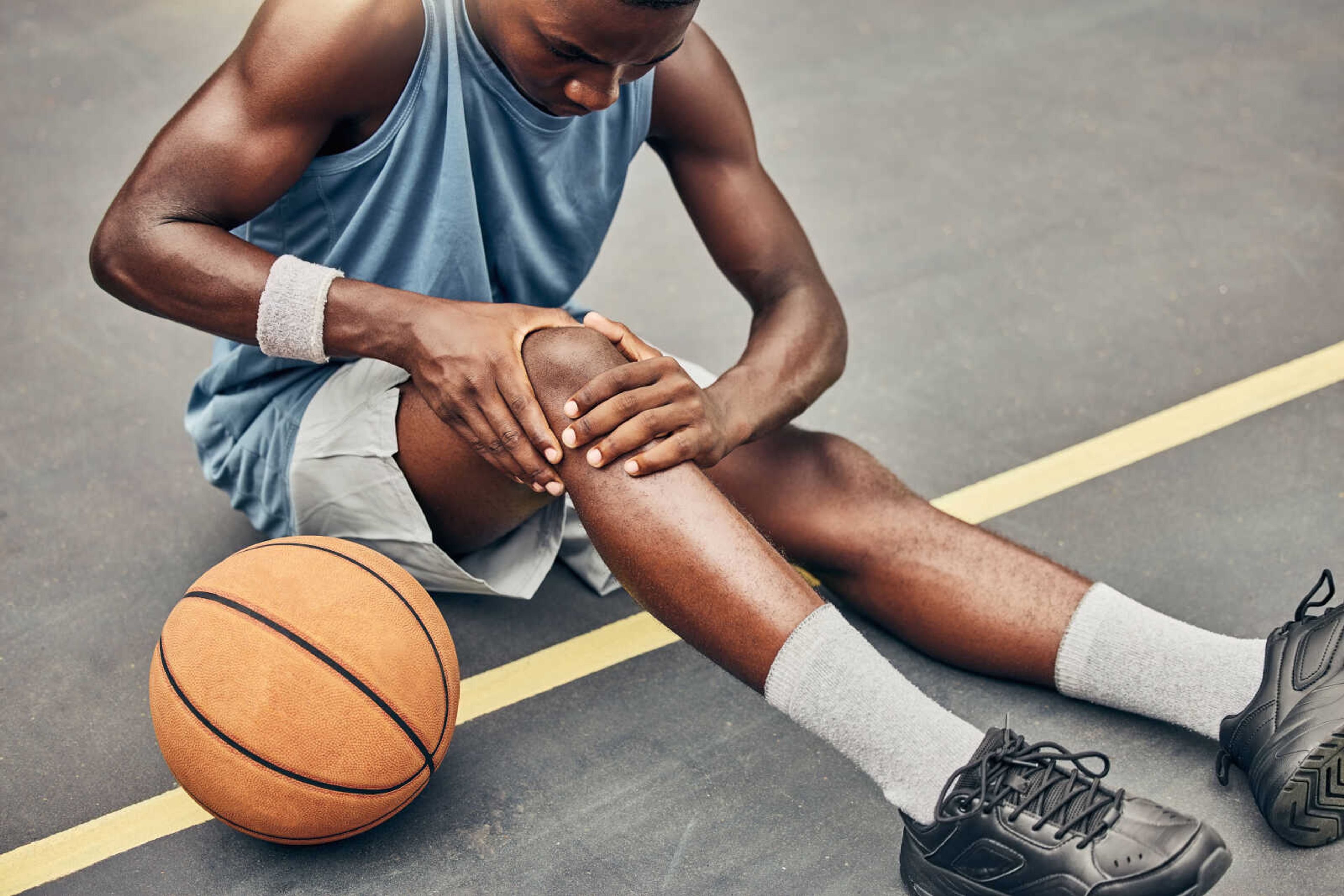Joint effort: Replacements becoming more popular
More boomers are staying active with joint replacements
With today's 50-and-up crowd staying active and living longer than past generations, many find their joints are wearing out before they're ready to slow down. Dr. Brian Schafer, an orthopedic surgeon at Orthopedic Associates in Cape Girardeau, says knees are the most common joint replacements by far, followed by hips and then shoulders. He's performing more joint replacements, and for younger patients.
"They're healthier and more active into later periods in life, and they're less willing to accept the limitations of arthritic joints," says Schafer. "They're looking for ways to maintain their active lifestyles. They want to do joint replacements in order to remain active."
Arthritis, especially osteoarthritis, is the main reason for joint replacements, says Schafer. Years of wear and tear on the body mean joints will eventually start to wear out, lose the cushion of cartilage and cause joint pain.
Fifty-eight-year-old Roger Hudson of Cape Girardeau was only 46 when he started having knee pain. After several years of joint pain, the once-avid hunter and golfer couldn't even stand in line or complete household tasks without sitting down for a break.
"My knees hurt so bad I couldn't sleep. Even though I was fairly young, I decided I needed to have something done," says Hudson. He had a total bilateral knee replacement in December 2005, followed by months of recovery and physical therapy.

"It was pretty rough at first. I was taking pain pills. They make you get up and walk right away," he says. Still, Hudson says the surgery was worth it. He's not supposed to run or jump, but he can chop wood in his yard, golf and hunt without any knee pain. "They don't quite bend as far as a young person's regular knees, but they're very good and stable. I'm glad I did it; I just wish I'd done it sooner."
At 58, Hudson knows there's a good chance he'll need another knee replacement someday, and he says that's fine -- but he'll probably choose to have one knee done at a time.
Unlike many other medical procedures, when or if to have a joint replacement is totally optional, says Schafer.
"Nobody ever has to have a joint replacement. It's meant to relieve pain and give function back, so it's all really up to the patient," he says. "When it hurts you so much that it hurts all time, it's not getting better, it keeps you from doing things you want to do, it interferes with your life -- that's when it's time to think about it."
Thanks to technology, Schafer says surgeons use a different, more durable type of plastic than they did 20 years ago for joint replacements. They also use MRIs and CT scans to make sure all connected joints are aligned properly. All of this is designed to help the replacements last longer and work better, he says.
Even with these advances in technology, Schafer says caring for yourself after surgery is still the most important part of a successful joint replacement. Physical therapy and exercise are crucial for patients to recover their strength and range of motion and get back to their regular routine.
"It's not a small surgery. It takes a long time to get over it. The first six weeks you'll wonder why you ever did it. After six weeks, you'll feel a lot better ... and after six months you'll feel like you're over it. You won't be 100 percent over it for about a year," says Schafer. "But the faster we get you moving, the faster you get better."
Schafer's best tip for protecting your joints -- real or artificial -- is to stay in shape. The muscles act as "shock absorbers" for the joints, so it's important to stay strong and flexible, keeping the muscles in good condition for the joints, he says. Losing weight will also help relieve pressure from the joints.
"For every one pound you put on, you're putting three extra pounds through the joints. For every bit you can get your weight down, there will be less strain on the joints and you're less likely to wear them out," says Schafer.
TRENDING UPWARD
Knee replacements jumped from 264,311 in 1997 to 621,029 in 2009, and more than tripled among those ages 45 to 64. There were 288,471 hip replacements in 2009, and almost half of them were in patients younger than 65.
(Source: Agency for Healthcare Research and Quality)
Connect with the Southeast Missourian Newsroom:
For corrections to this story or other insights for the editor, click here. To submit a letter to the editor, click here. To learn about the Southeast Missourian’s AI Policy, click here.










